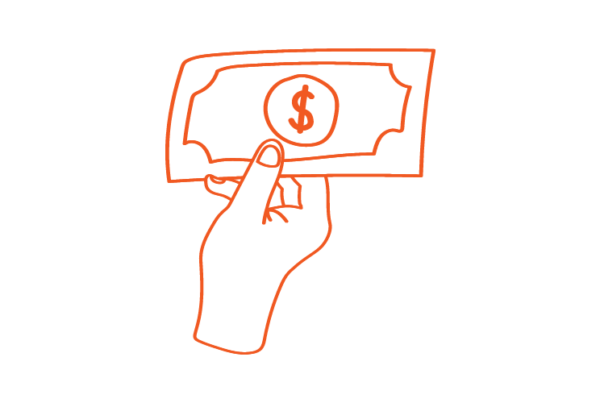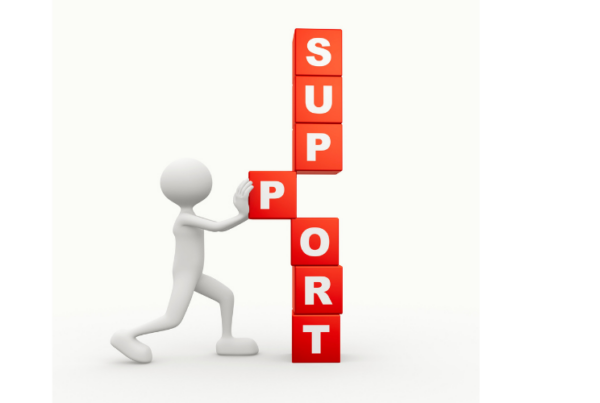
Empty restaurants and retail stores were one of the first signs of the devastating impact the coronavirus on Australian businesses.
Within a few months, the virus, now called COVID-19, has gone from being a largely unknown medical condition to one that threatens to impair Australian and global economic growth.
We explore the impact on business and the importance of planning for setbacks beyond your control.
“This is not a drill,” World Health Organisation Director-General Dr Tedros Adhanom Ghebreyesus
Whether it is the coronavirus, fire or flood, the fact is if you are in business long enough you will almost certainly have to deal with an external impact on your business – bushfires, drought, GFC, SARS, 9/11, we’ve seen a few. The key is to react but not over-react.
Business Continuity and Planning
It could be months before the virus reaches its peak and an effective vaccine is not expected in the short-term. Business continuity planning is essential.
Despite a much better result than predicted in Australia’s December GDP figures with growth of 0.5 per cent, Australia’s economy will be adversely impacted.
The importance of China as Australia’s largest trading partner has meant that much of the discussion to date has focused on China’s ban on live animal imports including seafood, and supply-side delays, at least until the Chinese manufacturing sector is able to regain momentum.
But the negative impacts stretch beyond manufacturing. The tourism and education sectors have been hit hard. In 2018-19, 1.4 million short-stay visitors were from China. With travel restrictions in place for mainland China, that number will dramatically decrease. Any business where the general public group together is likely to be impacted either as a direct consequence of infection or out of a simple fear of contamination.
Australia’s $30 billion MICE businesses, those in the meetings, incentives, conferences and exhibitions sector, are bracing for the impact of the spread of the virus. Australia is a popular destination for corporate events. However, with a cloud over international travel for the foreseeable future, some events have been cancelled and others in jeopardy in what are rapidly changing conditions. Some countries have imposed bans on large gatherings of people to protect against wide scale contagion, Switzerland for example immediately banned public and private events with more than 1,000 people until at least 15 March before reassessing.
For others, such as suppliers of basic necessities – manufacturers and distributors of foods with a long shelf life, toilet paper, and cleaning agents – the immediate problem is to ramp up production to meet demand as panic buying sets in, then to manage the inevitable decline when the panic is over and consumers have more long shelf life products than they need. While panic buying will stimulate a revenue spike and increase profit margins, some of these gains will be counteracted by low demand post the coronavirus panic.
How to protect your business in a crisis:
- Explore the potential end-to-end impact of the virus on your business
- Define risks and tolerances by product/service type
- Make informed decisions based on strategic assessments – labour, currency changes, costs of materials and logistics, potential disruptions and supply issues, demand variability – where weaknesses exist, explore alternatives. For example, MGM, Universal and the Bond producers postponed the release of the latest James Bond movie, No Time to Die until November to give the movie the best possible chance of success. Can your business reduce costs as demand falls? Can you increase production to take advantage of demand? Can you adjust procurement to take advantage of or protect against pricing fluctuations?
- Reduce debt and reassess projections for large investment hungry projects. You might delay a project or speed up time to market.
- Ensure that your team communicate changes they are seeing and develop a culture of initiative. Your frontline will hear and see impending changes well before management sees them.
There are practical steps businesses should implement into their business plan. Some businesses make the mistake of not responding at all while others make too drastic a change.
An appropriate reaction might be to offload trading stock if it is going out of date soon. But it might be an over-reaction to dismiss staff, when a better idea might be to reduce their hours. Contingency plans should be set in place.
Try to have enough capital in reserve to see you though at least three months. Cashflow is critical in a crisis so it should form a central part of the recovery business plan.
For the businesses that can deal with external threats such as coronavirus, there are huge opportunities. More money can be made in volatile times compared to when things are stable. If you have a competitive advantage, exercise that advantage. Businesses with limited scale in impacted industries will struggle and some will come onto the market as tuck-in acquisitions. For others, their customers and suppliers will be open to change if they cannot trade consistently with demand. Opportunities could also arise, such as key staff leaving a competitor or rival businesses losing market share.
To exploit those possibilities, however, it was critical to have a sound business plan to ride out the current turbulence and then move into the next growth phase.
Protecting your workplace and your customers
Law firm Clayton Utz recently shut down their Sydney office amid concerns that a team member had been exposed to the virus by his wife, whose grandmother was one of Australia’s three deaths attributed to the virus. The wife was subsequently tested for the virus and cleared within 24 hours, enabling the office to resume operations. If the results were positive however, it might have meant a 14 day quarantine for the approximately 600 staff and potentially any other person they had come into contact with. Vodafone’s head office and two Perth stores, and Cisco in Perth also closed temporarily after staff who had recently returned from overseas showed flu like symptoms.
Protecting your employees and customers from the risk of infection is essential. Businesses should asses the risk of transmission and put the appropriate protocols in place. It could be as simple as distributing the Health Department’s guidance and reviewing insurances for staff required to travel.
Individuals who have travelled to countries with travel restrictions (China, South Korea, Italy) in the last 14 days, or have direct contact to a confirmed case of coronavirus must self-isolate and should not attend work.
Fair Work Australia notes that, “The Fair Work Act does not have specific rules for these kinds of situations so employees and employers need to come to their own arrangement.” If an employee is impacted and needs to be isolated, and cannot work from home effectively, then the time will generally be taken as paid or unpaid leave.
$1 billion to combat COVID-19
Managing the health costs of diagnosing and treating coronavirus is estimated to cost $1 billion. This cost is being met 50-50 by the states and territories and the federal Government. This support will cover health services in public hospitals, primary care, aged care and community health expenditure, such as health related activities in childcare centres.
The Treasurer has also flagged the imminent release of a stimulus package to protect the economy including an investment allowance, a small business package and potentially some form of payment through the social welfare system.



